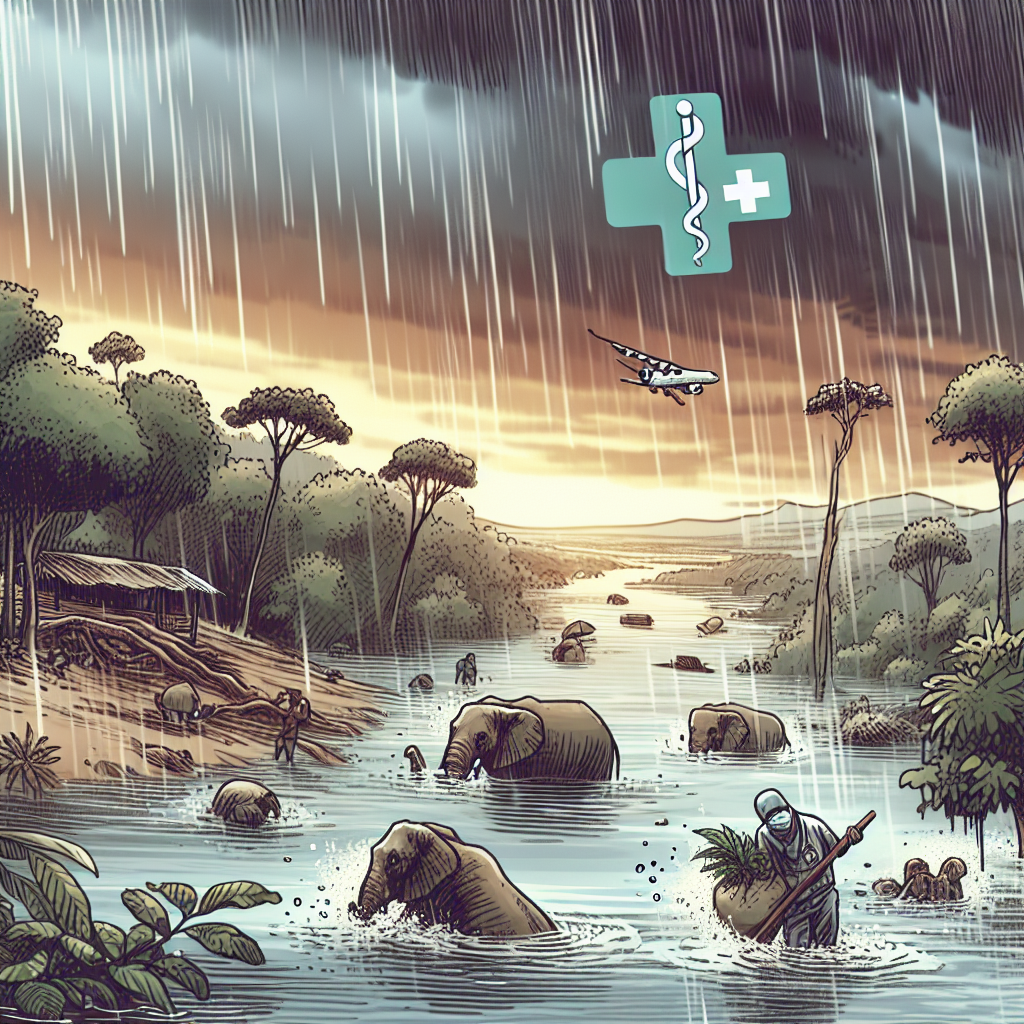New Jersey Tragedy: Flash Floods Claim Lives Amid Unprecedented Rainfall
Severe storms caused flash flooding in New Jersey, resulting in two fatalities. Intense rainfall overwhelmed infrastructure, disrupting travel and submerging vehicles across the New York City area. Authorities linked the extreme weather to climate change, highlighting the growing challenge of managing such events in the future.

Severe storms unleashed flash flooding in New Jersey, claiming two lives and causing chaos across the New York City area overnight. The storms submerged vehicles and inundated subway stations, highlighting vulnerabilities in the region's infrastructure.
New York City Mayor Eric Adams reported over 2 inches of rain fell in Central Park within an hour, marking the second-highest rainfall for that timeframe in recorded history. The outdated sewer system, capable of handling only 1.75 inches per hour, was overwhelmed by the torrent. The rainfall led to widespread disruptions at airports, highways, and railways.
New Jersey Governor Phil Murphy declared a state of emergency. He confirmed the victims were found in a submerged vehicle in Plainfield, and blamed the incident on climate change. As the storm moved north, 5 inches of rain fell in Rockland County, with water rescues conducted in Westchester County.
(With inputs from agencies.)
ALSO READ
Goa's Big Leap in Infrastructure: Major Projects Approved
Controversial Curriculum Changes and Infrastructure Boost at Delhi University
Delhi's Underground Power Revolution: A Step Toward Smart Infrastructure
Village Fights Elements with Makeshift Funeral Arrangements Amid Infrastructure Woes
Dust Storms: An Overlooked Global Crisis Intensified by Climate Change










